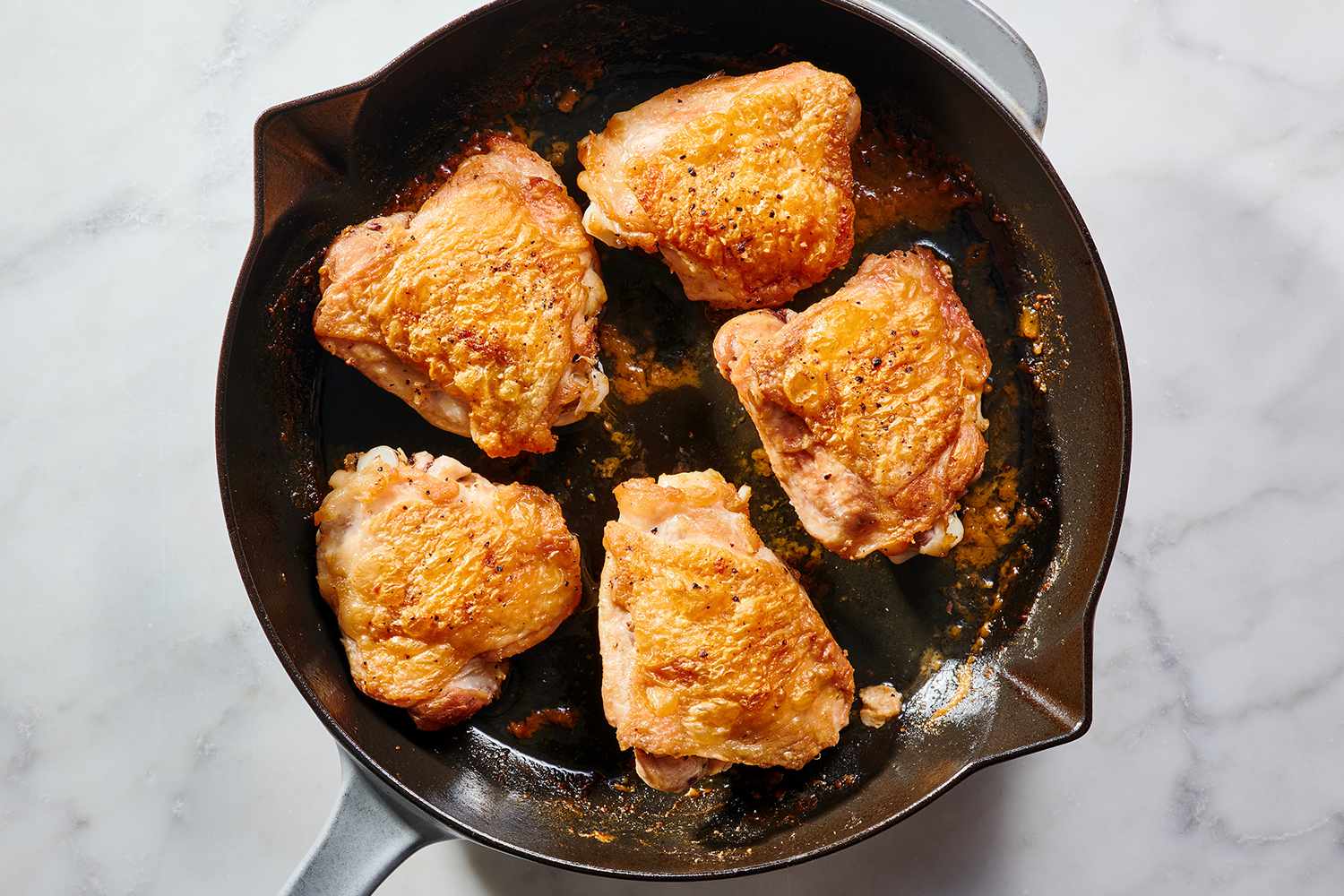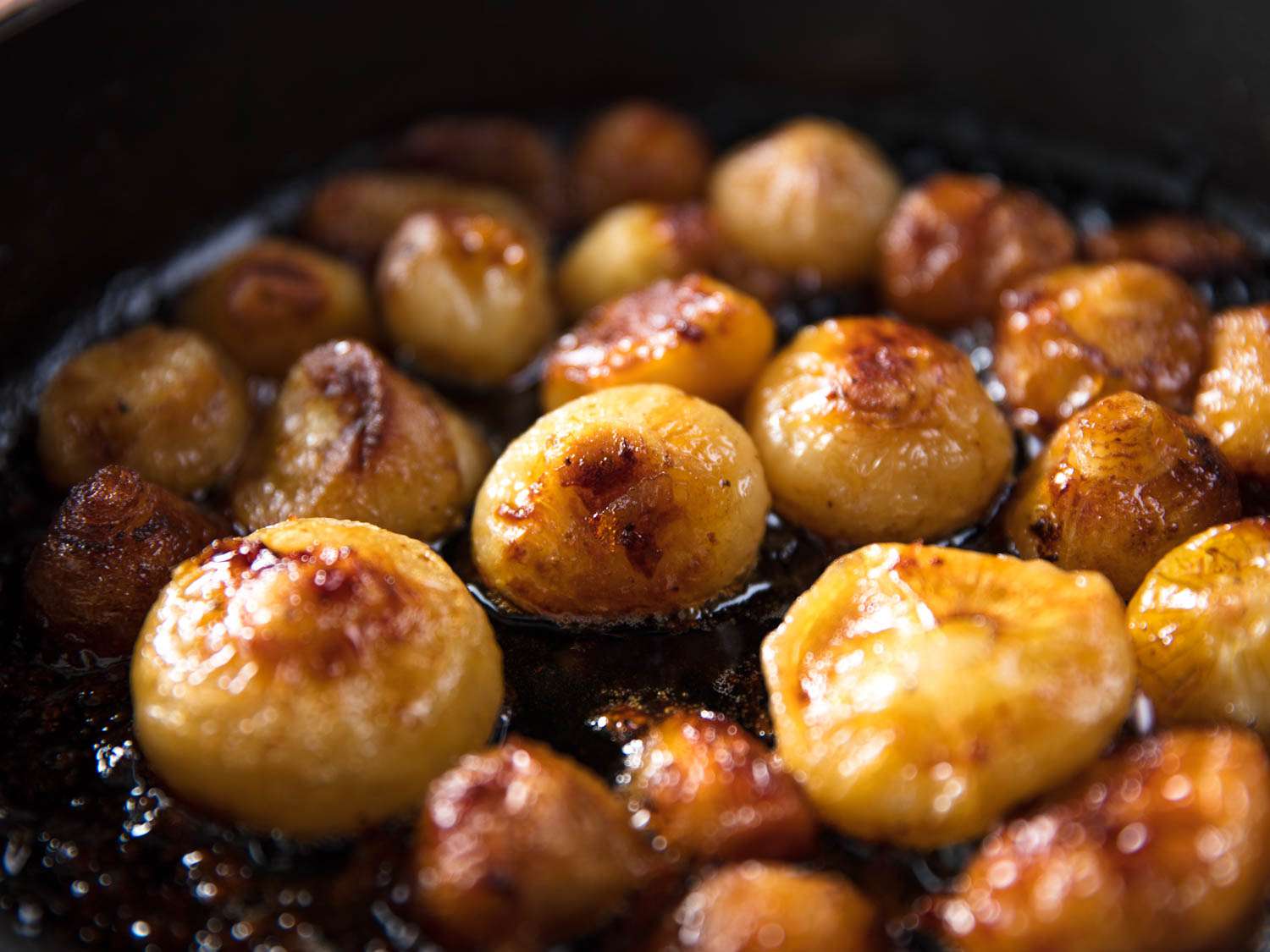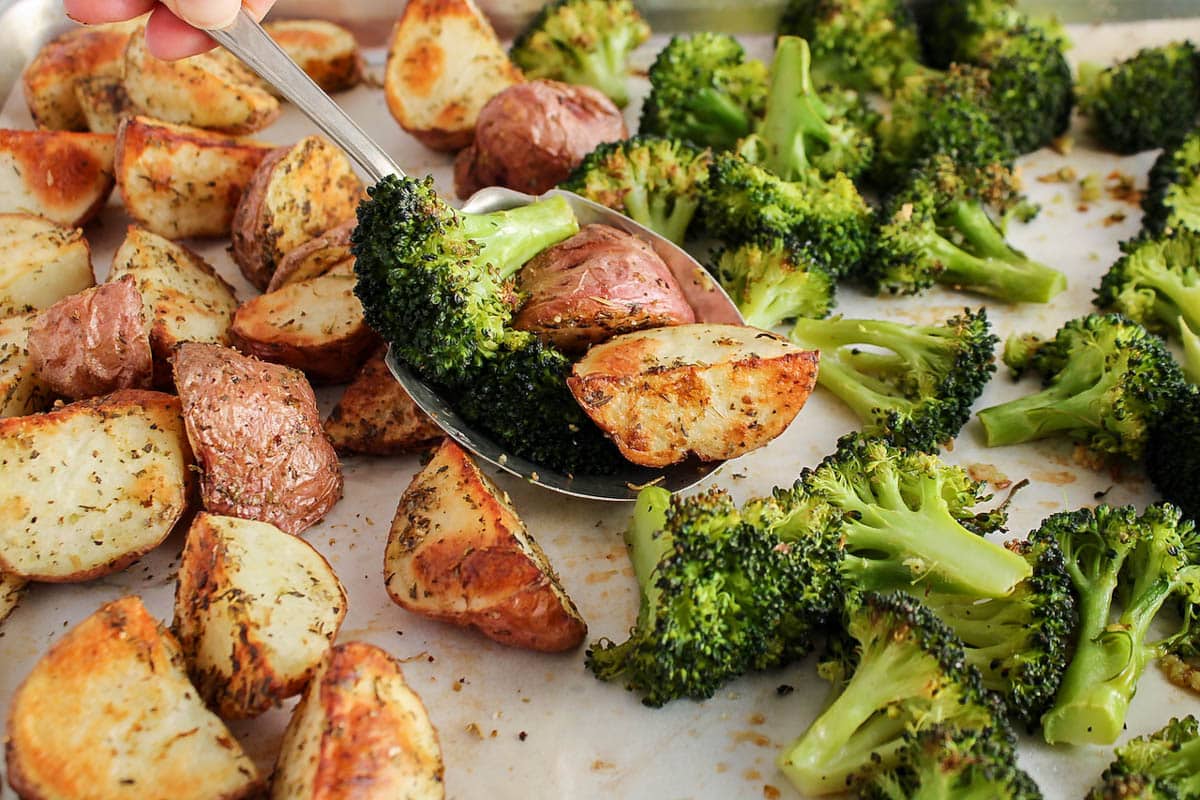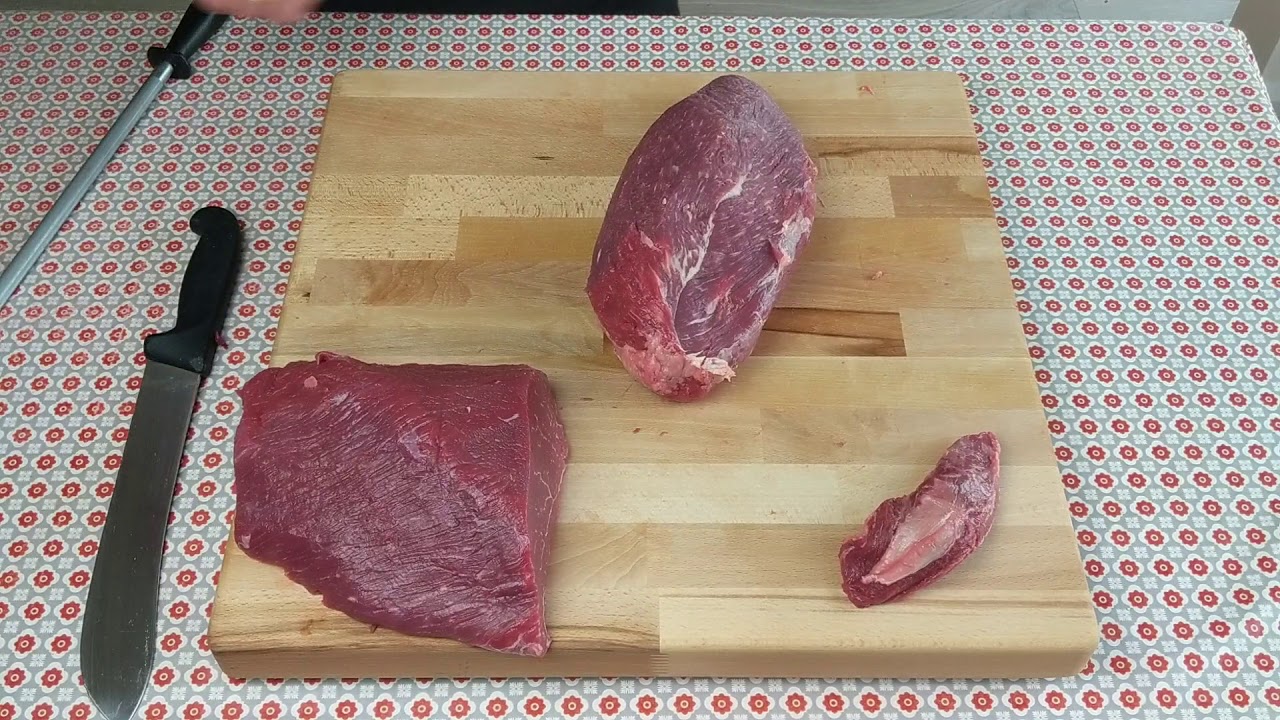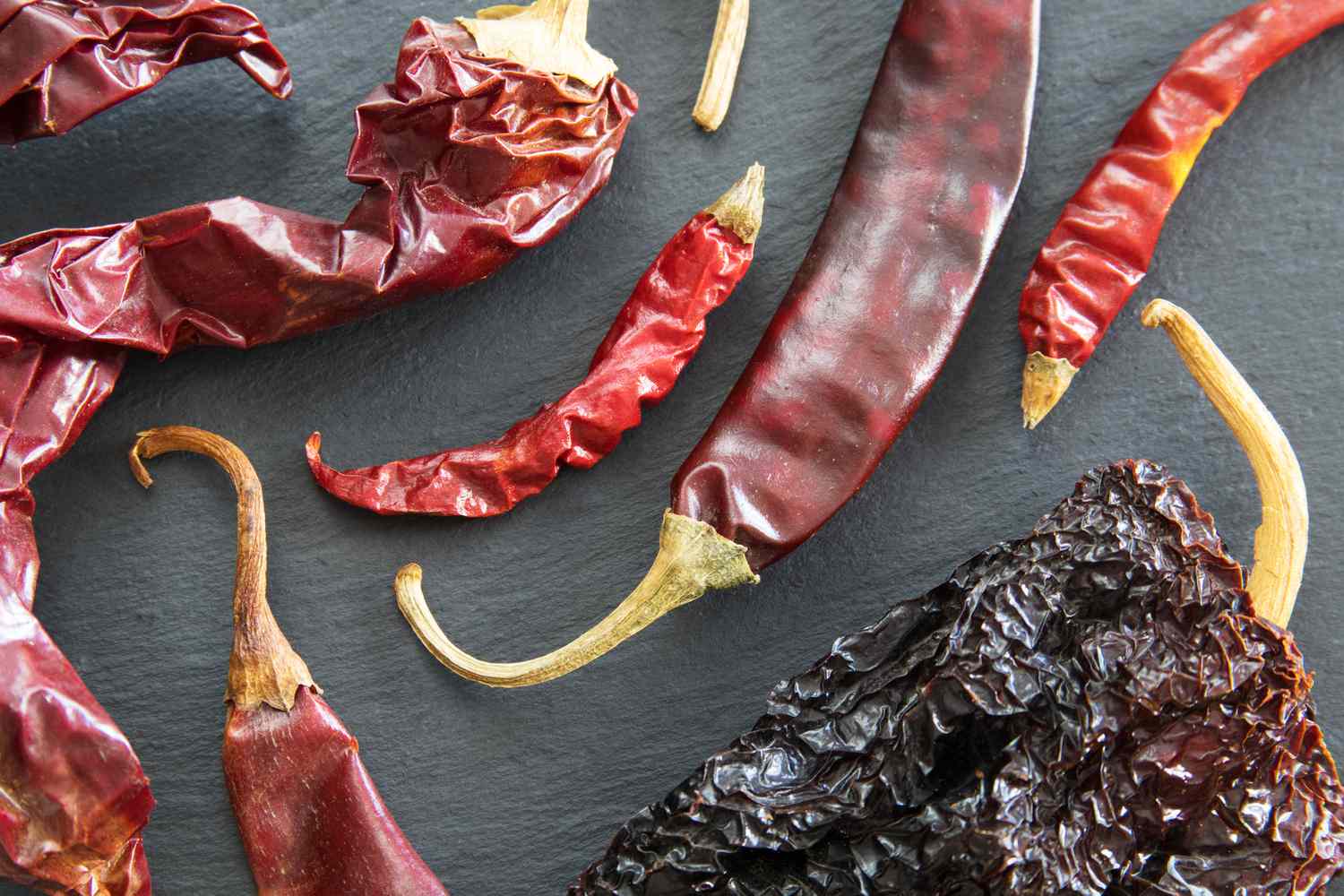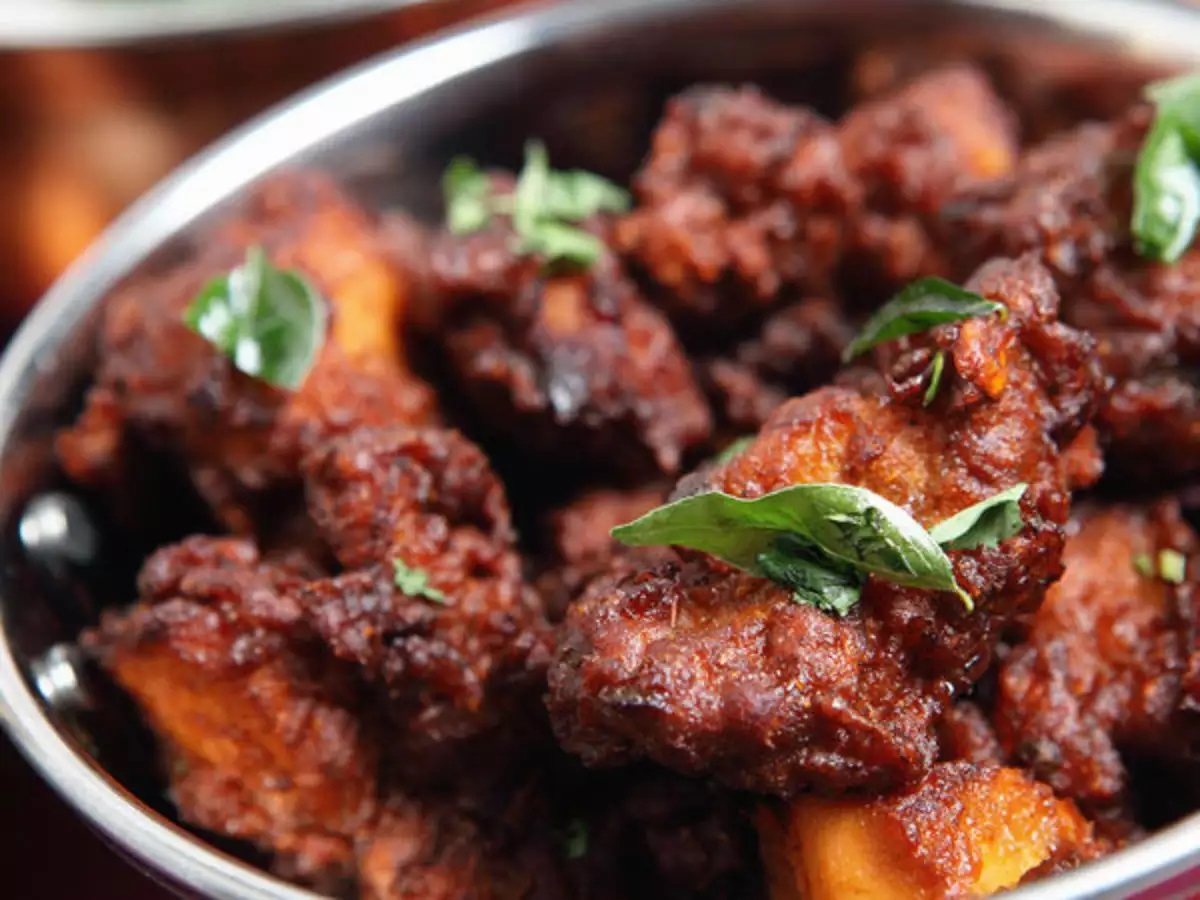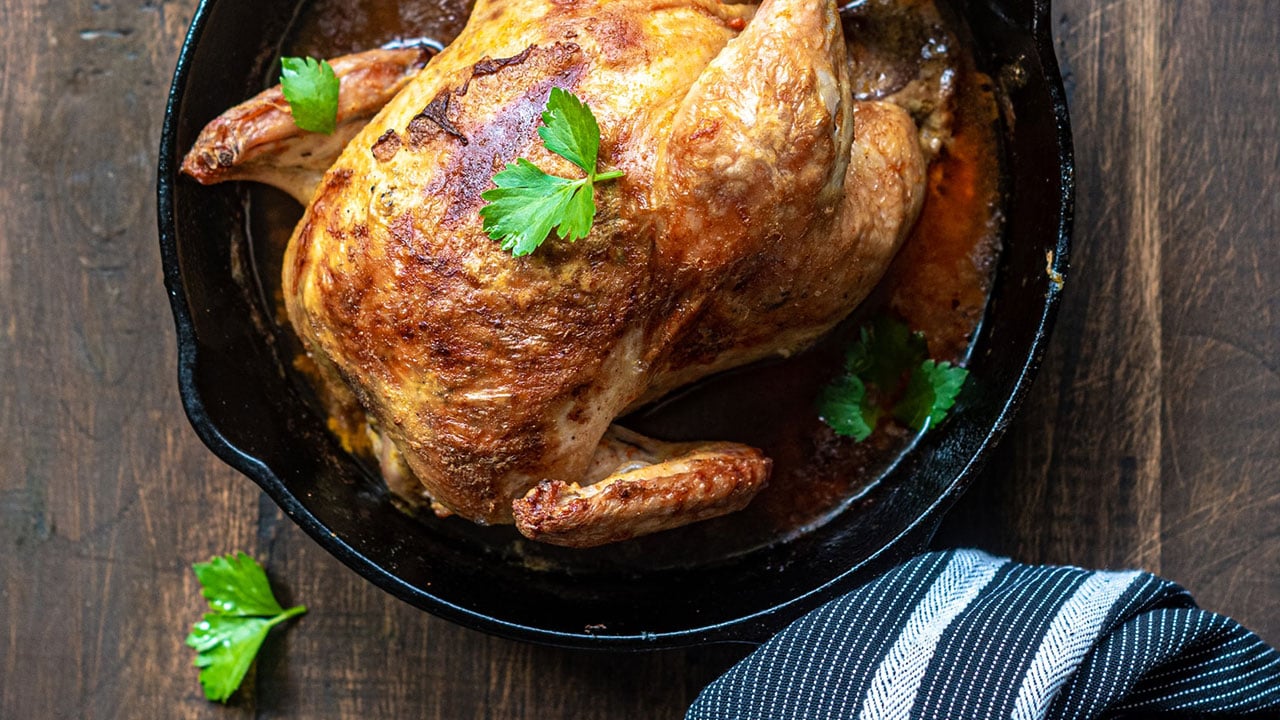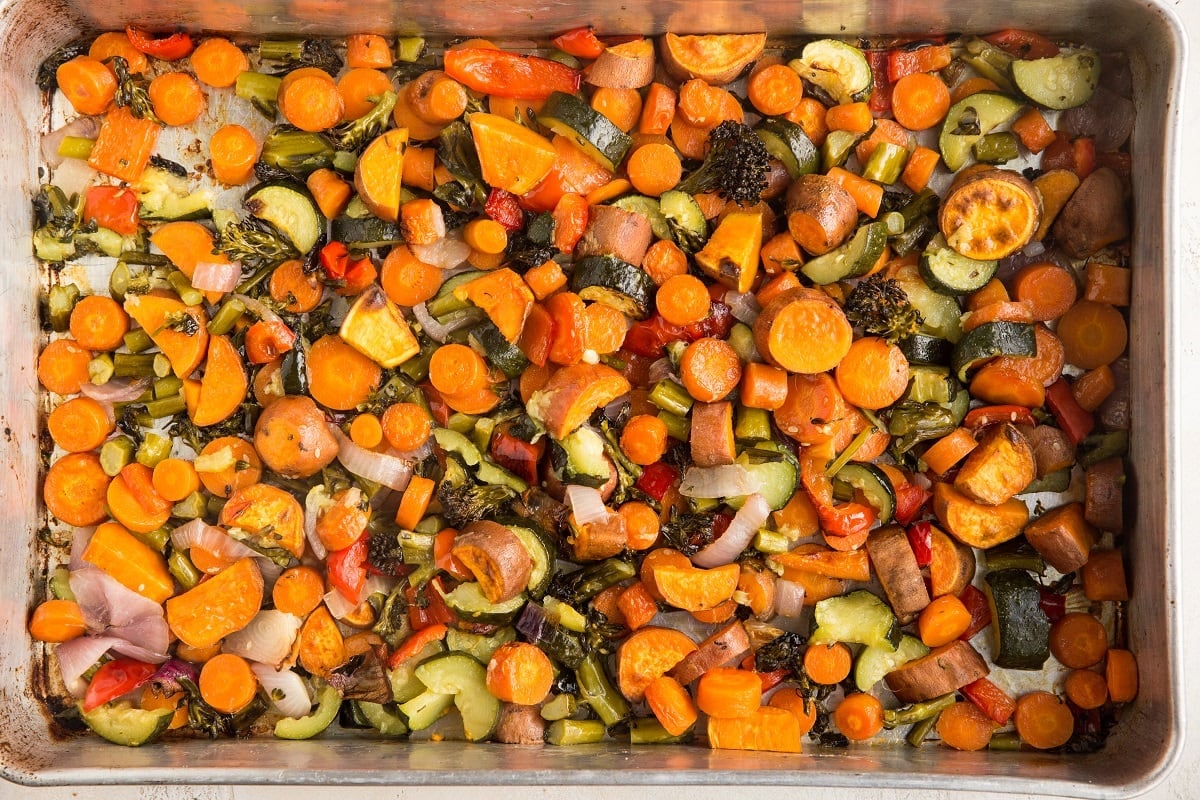Roasting Honey Processed Coffee: A Delicious Journey
Welcome to the wonderful world of honey processed coffee! If you’re a coffee enthusiast looking to elevate your brewing experience, roasting your own honey processed coffee beans is a fantastic way to achieve a personalized and flavorful cup of joe. In this guide, we’ll walk you through the steps to roast honey processed coffee beans to perfection.
Understanding Honey Processed Coffee
Before diving into the roasting process, it’s essential to understand what sets honey processed coffee apart. Unlike traditional washed or natural processing methods, honey processed coffee involves removing the cherry’s skin and pulp, leaving some of the sticky, sweet mucilage intact during drying. This results in a unique flavor profile characterized by its sweetness and complexity, making it a favorite among coffee connoisseurs.
Roasting Equipment and Preparation
Before you begin roasting your honey processed coffee beans, gather the necessary equipment:
- Green honey processed coffee beans
- Home coffee roaster or a cast-iron skillet
- Cooling tray or a colander
- Measuring scale
- Timer
- Metal spoon for stirring
Once you have your equipment ready, it’s time to prepare your roasting space. Ensure good ventilation as roasting coffee produces smoke. Set up your roasting equipment in a well-ventilated area, preferably near an open window or vent.
The Roasting Process
Now, let’s dive into the exciting part: roasting your honey processed coffee beans. Follow these steps for a delightful roasting experience:
- Weigh and Preheat: Weigh out your desired amount of green coffee beans and preheat your roasting equipment to the recommended temperature. For most home roasters, a temperature of around 400°F (204°C) is suitable for honey processed coffee beans.
- Begin Roasting: Once your roaster is preheated, add the green coffee beans and start the roasting process. If you’re using a cast-iron skillet, continuously stir the beans to ensure even roasting.
- Monitor the Roast: As the beans roast, pay close attention to the color, aroma, and cracking sounds. The first crack signifies the beans reaching a light to medium roast, while a second crack indicates a darker roast. For honey processed coffee, a medium roast is often preferred to preserve the bean’s inherent sweetness and nuanced flavors.
- Cooling and Resting: Once the beans reach your desired roast level, transfer them to a cooling tray or colander. Allow the beans to cool for several hours to release excess moisture and develop their full flavor potential.
Enjoying Your Roasted Honey Processed Coffee
Congratulations, you’ve successfully roasted your honey processed coffee beans! Now comes the best part – brewing and savoring your freshly roasted coffee. Whether you prefer a pour-over, French press, or espresso, the rich and sweet notes of honey processed coffee are sure to delight your taste buds.
Remember, experimentation is key to finding your perfect roast profile. Enjoy the journey of discovering the nuances of flavor that emerge with each roast. Happy roasting and sipping!
Was this page helpful?
Read Next: How To Roast Mini Tomatoes



